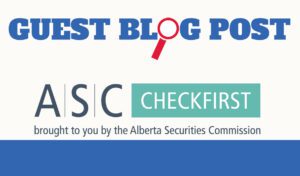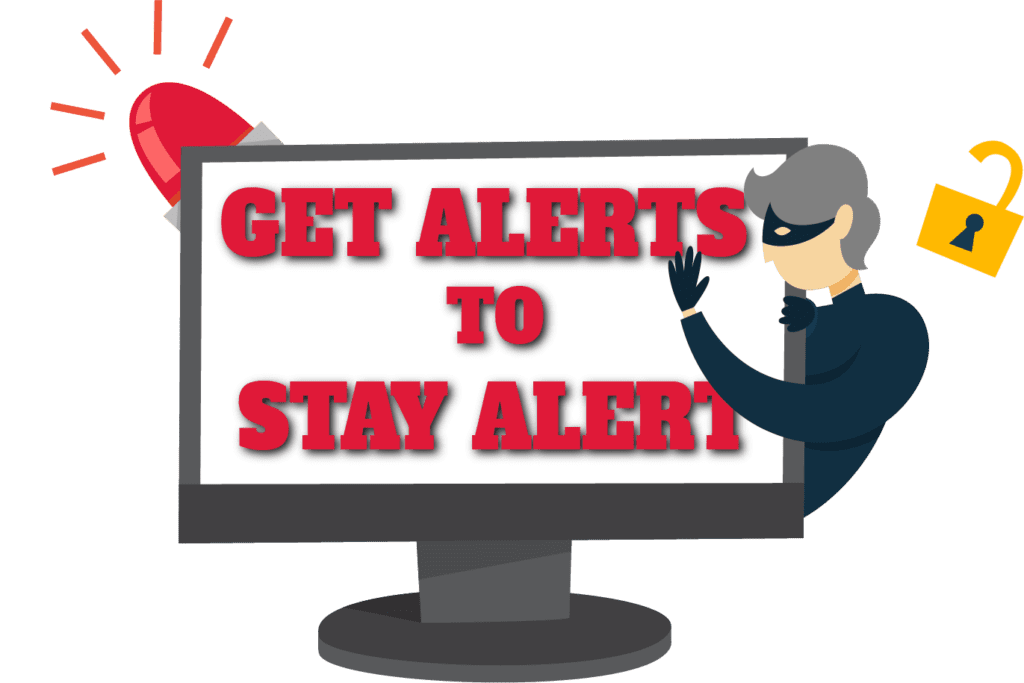How credit card fraud happens
Credit card fraud happens when someone steals or uses without your permission your credit card or credit card information. Your information or your card is used to:
- make a purchase in a store
- make a purchase or transaction online
- make a purchase or transaction by telephone
- withdraw cash from an automated teller machine (ATM)
Your credit card information can be stolen when…
- You make a purchase from a fake or spoofed website.
- You receive an email that appears to be from a legitimate person or organization that asks for your credit card information.
- A small device is installed onto a payment terminal that records your credit card information as you use it.
- An organization or company’s computer system is hacked and credit card information is stolen.
- You swipe your credit card through a device that copies and stores the information on your credit card.
- Someone goes through your mailbox or garbage and steals documents that contain banking information.
You can protect yourself from being a victim of credit card fraud by…
- Keeping your PIN a secret and make it difficult to guess.
- Storing your credit cards in a safe location.
- Limiting the number of credit cards that you have or carry on you.
- When you are entering your PIN in a payment terminal, cover the terminal with your hand or body so that nobody can see the PIN you are typing.
- Locking your mailbox to decrease the risk of your credit card statements being stolen.
- Signing the back of your credit cards.
- Destroying old credit cards when they are expired or no longer in use.
- Storing financial information and credit card statements in a safe place.
- Destroying financial documentation or credit card statements by shredding them or burning them.
- Refraining from providing credit card information over the phone when in public or when people can hear you.
- Requesting for further information from an organization or company that is asking for your credit card information.
- Refraining from banking or online shopping when using a public computer/device. Refraining from providing credit card information over email.
- Ensuring your device is equipped with firewall, antivirus, and anti-spyware software.
- Using secure and trusted websites when shopping or banking online.
- Not letting people distract you when you are banking at an ATM.
- Keeping the phone numbers of your banking institution(s) handy so that in case you have been a victim of fraud you can contact your banking institution promptly.
CLICK HERE to learn more about credit card or debit card fraud
Report the fraud to the Canadian Anti-Fraud Centre
The Canadian Anti-Fraud Centre operates through a partnership of the Royal Canadian Mounted Police, the Ontario Provincial Police and the Competition Bureau Canada. It’s Canada’s central repository for information about fraud.
This article originally appeared on the Financial Consumer Agency of Canada website – CLICK HERE to visit their website
The Financial Consumer Agency of Canada is responsible for protecting the rights and interests of consumers of financial products and services. It supervises federally regulated financial entities, such as banks, and strengthens the financial literacy of Canadians. They are a federal agency that works to keep Canada’s financial system safe and strong.

